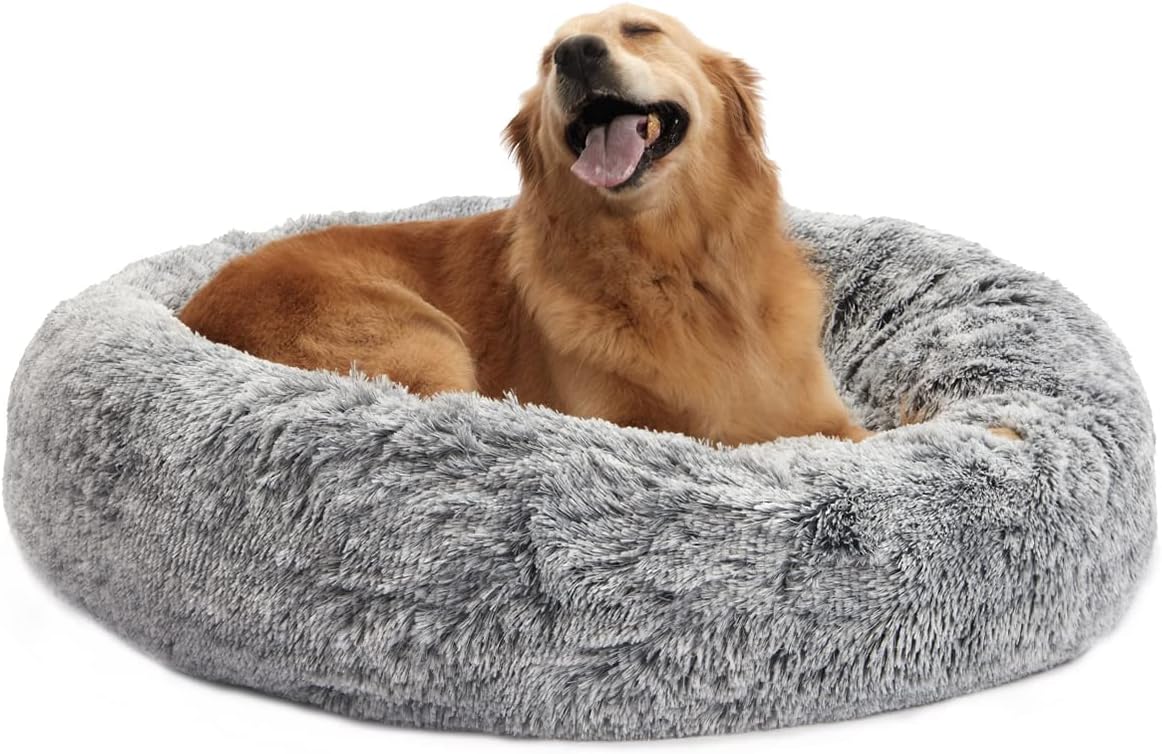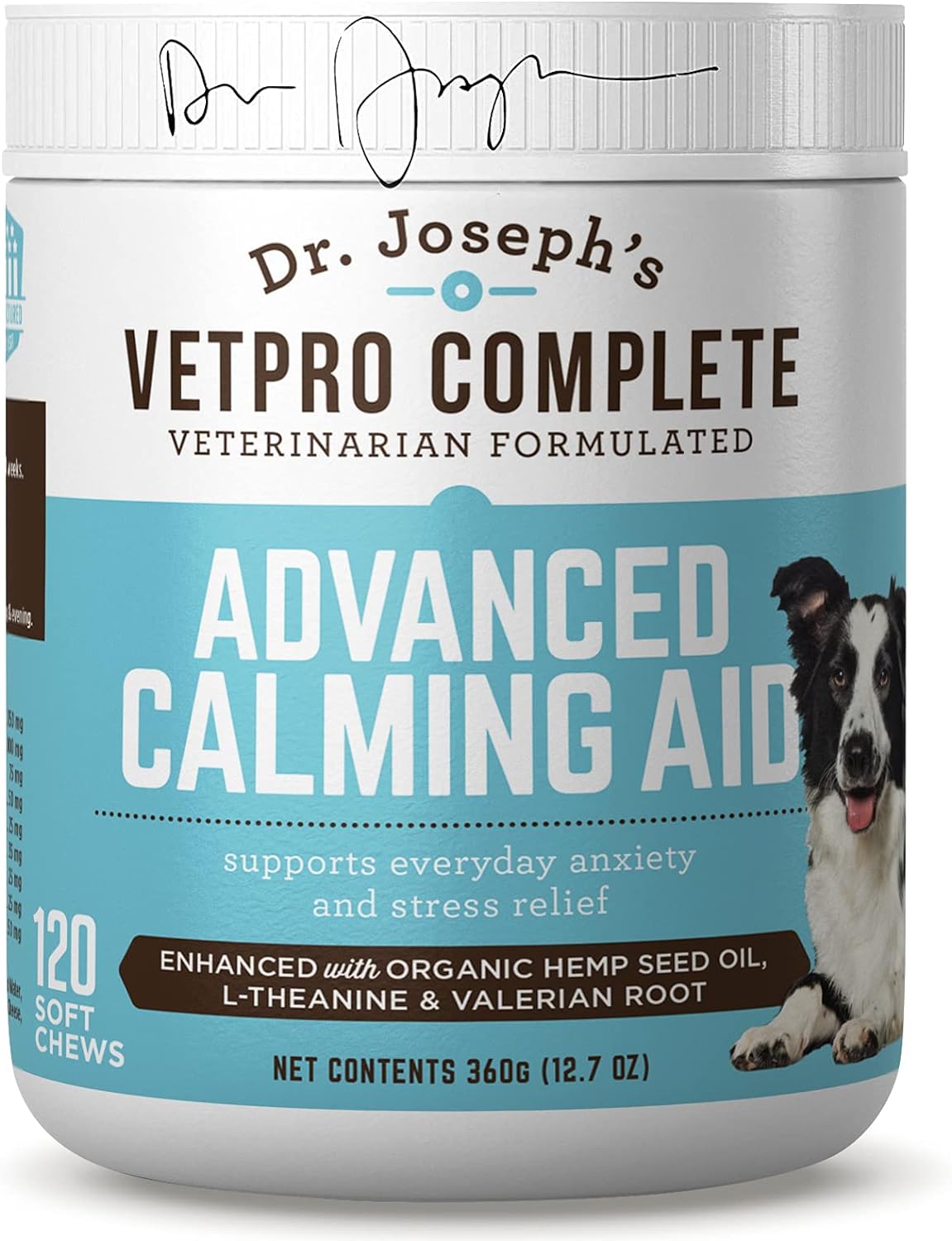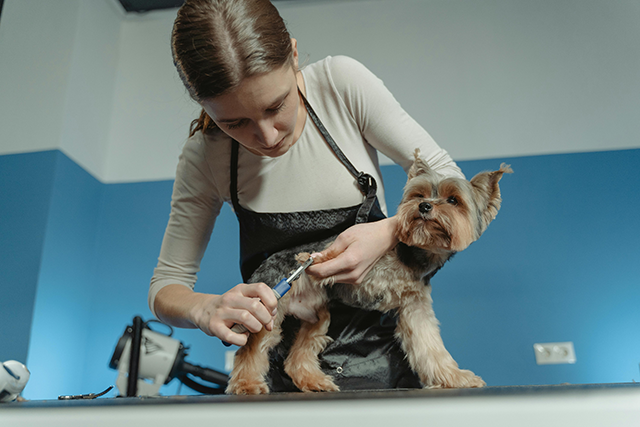Just like humans, our canine friends can experience anxiety and stress. This condition can affect any dog, regardless of age, breed, or background. Canine anxiety is a common issue, causing worry for their fur parents.
Understanding this condition and how to address it can significantly enhance your and your pet’s quality of life. Let’s dive into some crucial questions about managing anxiety in dogs ensuring your four-legged friend feels as comfortable and happy as possible.
Is Anxiety Common in Dogs?
Absolutely, anxiety in dogs is more common than one might think. Like humans, dogs experience various emotions, including fear, anxiety, and stress. These feelings can be triggered by various factors, such as:
separation from their owners
loud noises (like fireworks or thunderstorms)
changes in their environment
or even unfamiliar people and animals
Recognizing the signs of anxiety is the first step toward helping your furry friend. Symptoms can include excessive barking, whining, pacing, shivering, or aggressive behavior. Awareness of these signs can help you take timely action to comfort and support your pet.
How Do You Fix Anxiety in Dogs?
Treating anxiety in dogs involves a combination of training, lifestyle adjustments, and sometimes medical intervention. Here are a couple of effective ways to help soothe your anxious dog:
Pet Massager
Introducing a pet massager, such as the Paw Wave Perk, can be a game-changer for dogs with anxiety. This device relaxes your pet through soothing percussion waves, improves mobility, and decreases pain by stimulating blood circulation.
It’s a fantastic tool for easing your dog’s aches, pains, and anxiety, providing them with deep relaxation that could even lead them to snooze peacefully. Regular use can prevent injuries and improve performance, making it an excellent choice for dogs of all ages.
Calming Dog Bed
A calming donut dog bed offers a secure and cozy spot for your dog to relax. The soft, fluffy faux fur and the bed’s round shape create a nurturing environment that mimics the warmth and safety of snuggling close to their mother.
This sense of security can significantly reduce anxiety, helping your dog to unwind and feel more at ease. Its non-slip bottom ensures stability, making it a safe haven for your pet.
Why is My Dog Anxious All of a Sudden?
Sudden anxiety in dogs can be attributed to several factors, including health issues, traumatic experiences, or environmental changes. If your dog starts showing anxiety symptoms out of the blue, observing them closely and considering a visit to the vet is crucial.
Health problems, such as thyroid issues, neurological disorders, or even pain, can manifest as anxiety. Understanding the cause is essential in providing the right treatment and support.
What Does Dog Depression Look Like?
Dog depression can manifest in several ways, some subtle and others more pronounced, affecting both their physical and emotional well-being. It’s essential to recognize these signs to provide the necessary support and care. Here’s what to look out for if you suspect your dog might be experiencing depression:
Change in Appetite: A significant decrease or increase in appetite can be a sign of depression. Some dogs may lose interest in their food, while others might start eating excessively as a comfort mechanism.
Lack of Interest in Activities: Dogs that once enjoyed walks, playtime, or other activities but now show little to no interest may be experiencing depression. A noticeable lack of enthusiasm for things they used to love is a red flag.
Increased Sleep: While dogs naturally sleep a lot, depressed dogs may appear lethargic and spend even more time than usual sleeping. This change in sleeping habits often indicates a lack of energy or motivation.
Withdrawal: A dog withdrawing from social interactions with humans or other pets, preferring to be alone, can signify depression. This withdrawal can include avoiding eye contact, hiding, or avoiding touch.
Changes in Behavior: Irritability, aggression, or becoming unusually clingy can also be signs of depression in dogs. Any significant change in behavior warrants attention and possibly a consultation with a veterinarian.
Physical Symptoms: In some cases, depression can lead to physical symptoms such as weight loss, grooming issues (like not cleaning themselves properly), or even gastrointestinal problems.
What is the Best Anti Anxiety Medication for Dogs?
For dogs struggling with severe anxiety, the VetPro Advanced Calming Aid offers a blend of natural ingredients designed to promote relaxation and increase comfort. Ingredients such as Chamomile, Theanine, L-Tryptophan, and Valerian Root work together to calm your dog and alleviate stress.
This supplement is especially useful during high-stress situations like thunderstorms or fireworks. It’s a safe, effective way to help your dog cope with anxiety, ensuring they remain peaceful and happy.
Fostering a Peaceful Environment for Your Furry Friend
Understanding and managing anxiety in dogs is crucial for their well-being and peace of mind. With the right approaches, including the use of pet massagers, calming beds, and anxiety medication when necessary, you can create a nurturing environment that allows your dog to thrive.
It is imperative to provide constant care and patience to alleviate your pet’s anxiety effectively. This will not only enhance their quality of life but also establish a stronger bond between you and your beloved pet.
Jessica is a veterinary medicine student who is passionate about animals. Living with her cherished dog, Milo, deepens her understanding of the human-animal connection, enhancing her empathy as a future veterinarian.
Jessica’s concise articles reflect her dedication to improving the lives of animals and those who care for them, making her an inspiring figure in the pet care field.







